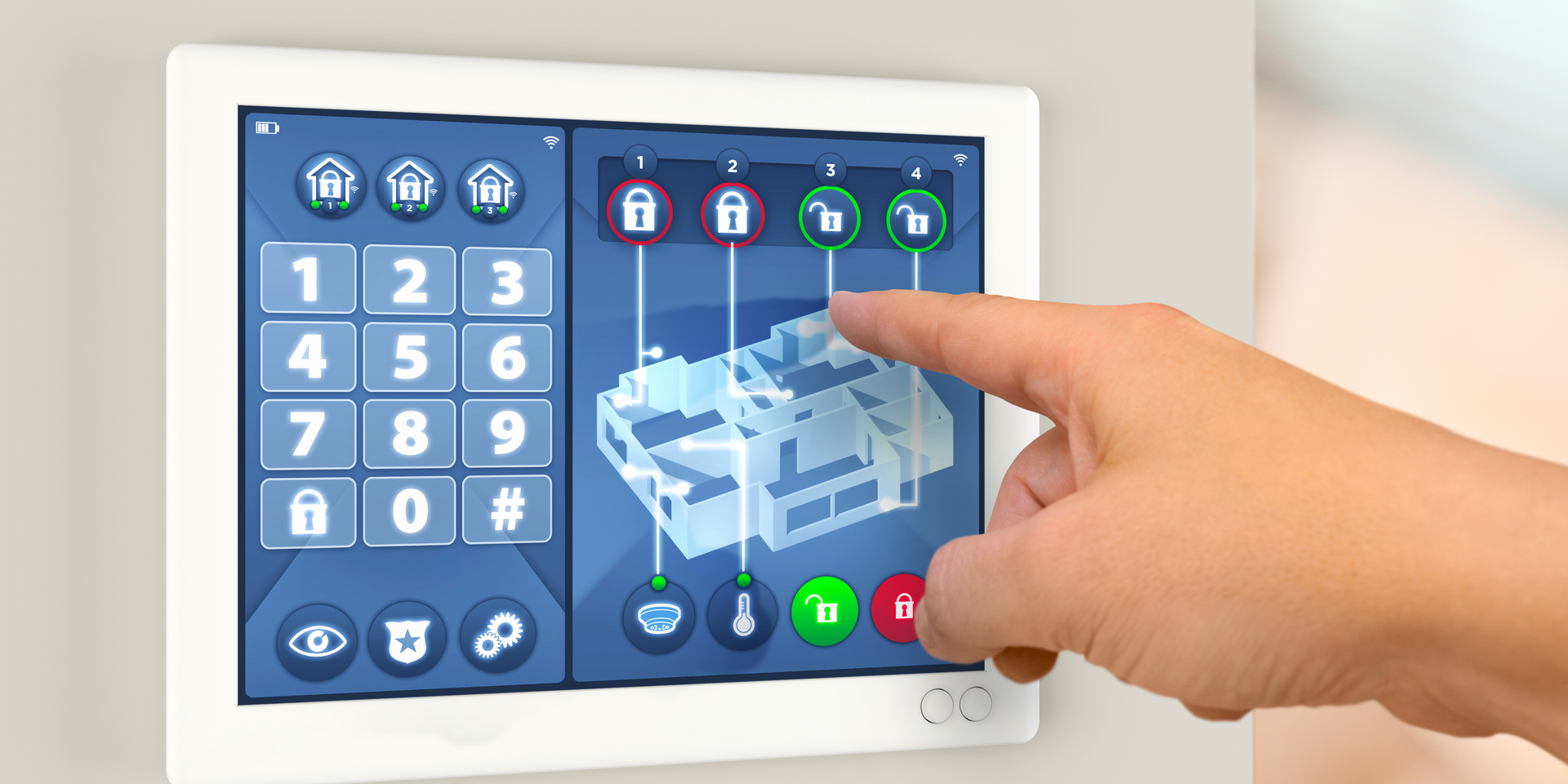On the contrary, OPC UA, also known as OPC Unified Architecture, stands head and shoulders above its predecessor OPC DA in terms of advancement and robustness. It has been meticulously designed to address and surpass the limitations that plagued OPC DA. With its enhanced features and capabilities, OPC UA offers a highly reliable and future-proof solution for industrial automation and data exchange. It is important to note that this remarkable solution offers not just security features, but enhanced security features that are designed to provide the utmost protection for your valuable data. With its improved scalability capabilities, it can effortlessly handle large-scale systems without compromising performance or efficiency. Moreover, its cross-platform interoperability ensures seamless integration and compatibility across various platforms, allowing for smooth and efficient collaboration between different systems. OPC UA is an incredibly versatile and robust protocol that supports a multitude of programming languages, including the widely used ones such as C++ and Python. This means that developers can harness the power of OPC UA in their preferred language and build cutting-edge applications with ease. Furthermore, OPC UA offers a wide range of use cases, catering to different industries and applications. From industrial automation to smart cities and beyond, OPC UA empowers organizations to achieve seamless connectivity and interoperability across diverse systems and devices.
Let's take a concrete example to illustrate the point. Developers, who are always on the lookout for efficient solutions, can easily find a plethora of open-source implementations of OPC UA on popular platforms like GitHub. These implementations cover a wide range of programming languages, including but not limited to C++ and Python. So, developers have the freedom to choose the language that best suits their needs and skillset, making it all the more convenient and flexible for them to integrate OPC UA into their projects. Furthermore, it is important to note that there are highly informative tutorials readily available in convenient PDF format. These tutorials serve as a valuable resource for users who seek to gain a thorough understanding of the fundamentals of working with the OPC UA protocol. By referring to these comprehensive tutorials, users can confidently navigate the intricacies of this protocol and master its functionalities with ease.
In essence, it is imperative to acknowledge that while both protocols serve the vital purpose of facilitating seamless data exchange in SCADA systems, it is unequivocal that OPC UA reigns supreme over its predecessor - OPC DA. OPC UA not only outshines OPC DA in terms of enhanced security features but also boasts remarkable scalability options and impeccable cross-platform compatibility.





